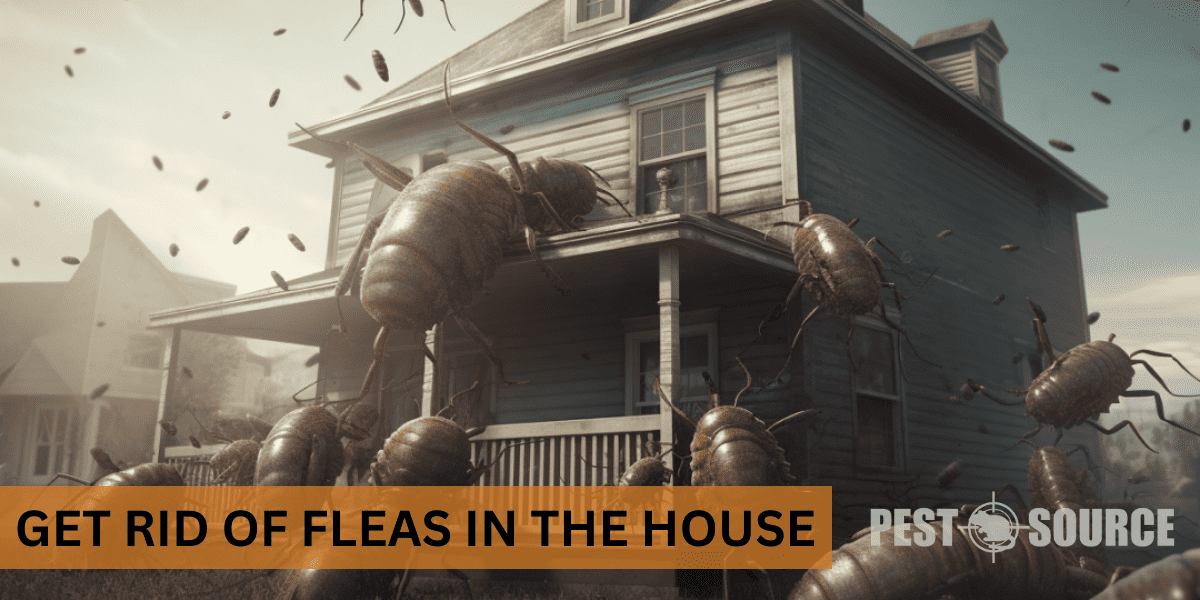Fleas are a common pest that can create significant discomfort for both humans and pets. But how do they infiltrate our homes, and more importantly, how do we rid ourselves of them once they’ve taken up residence?
In this comprehensive guide on How to Get Rid of Fleas in the House,” we’ll delve into how they find their way indoors, and the potential problems they can cause. We will then guide you through recognizing the signs of an infestation and provide you with practical steps to eradicate them swiftly. The article will also provide you with preventative measures to ensure your home remains flea-free.
If you’re dealing with persistent infestations, we’ll advise you on when to seek professional help and offer natural alternatives for those seeking non-chemical solutions. By the end of this article, you’ll be equipped with the knowledge and strategies needed to declare your home a flea-free zone.
How Do Fleas Get Into Houses?
Before diving into how to recognize a flea infestation, it’s important to understand how fleas get into our homes and the possible impacts they can have on our lives.
Fleas are notorious hitchhikers. They can enter your house in a variety of ways:
- Pets: Fleas often infest animals like cats and dogs. When your furry friend comes inside, they can bring these pests in with them.
- Wildlife: Rodents and other wildlife can carry fleas into your home, especially if they find a way inside through small openings.
- People: Fleas can jump onto clothing or belongings, making it easy for them to hitch a ride into your home.
- Infested items: Bringing infested furniture, rugs, or other items into your home can introduce fleas.
What Problems Can Fleas Cause in the House?
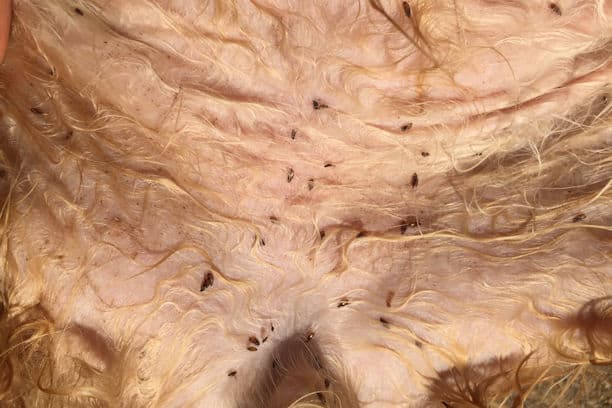
Fleas can cause a variety of problems in the house for both humans and pets:
- Bites: Flea bites can be itchy and uncomfortable for both humans and animals.
- Allergic reactions: Some people and pets may experience allergic reactions to flea bites, resulting in more severe itching, swelling, and rashes.
- Disease transmission: Fleas can transmit diseases such as tapeworms and cat-scratch fever.
- Stress and discomfort: A flea infestation can cause significant stress and discomfort for you and your pets.
How to Recognize a Flea Infestation in the House?
Now that we understand how fleas enter our homes and the potential problems they can cause, let’s discuss how to recognize a flea infestation.
Look out for the following signs of a flea infestation:
| Sign of Infestation | Description | Observation Point |
|---|---|---|
| Flea Bites | Small, itchy, red bumps often in groups or a line. | Look for bites on humans and pets, commonly around legs and waists. |
| Flea Dirt | Small, black specks resembling pepper; flea feces. | Check pet’s fur, bedding, and common rest areas for these specks. |
| Physical Sightings | Adult fleas are small, reddish-brown, and wingless. | Spot fleas hopping on carpets, pet bedding, or directly on pets. |
| Pet Scratching | Excessive scratching, biting, or licking by pets. | Observe unusual grooming behavior in pets that may indicate discomfort. |
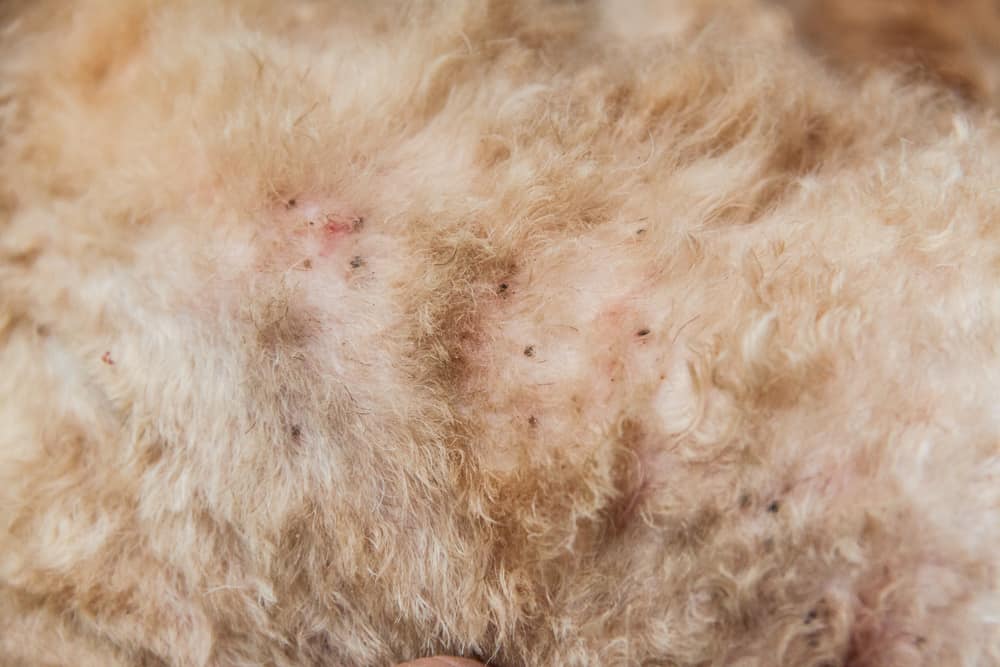
If you suspect a flea infestation, take the following steps to confirm their presence:
- Visual inspection: Carefully examine your pet’s fur and your home’s surfaces for adult fleas and flea dirt.
- Flea comb: Use a flea comb on your pet to remove fleas and flea dirt.
- Flea traps: Set up a simple flea trap by placing a dish of soapy water under a lamp. Fleas will be attracted to the warmth and light, then get trapped in the water.
- Professional help: If you’re unsure or need assistance, consult a pest control professional for a thorough inspection and treatment recommendations.
Remember, early detection is key to controlling and preventing flea infestations in your home. By understanding how fleas enter your home and recognizing the signs of an infestation, you can take prompt action to keep these annoying pests at bay.
What is the Fastest Way to Get Rid of Fleas?
The fastest way to get rid of fleas involves a comprehensive approach, including rigorous cleaning, treating your pets, washing all fabric materials, and considering chemical treatments.
1. Vacuum
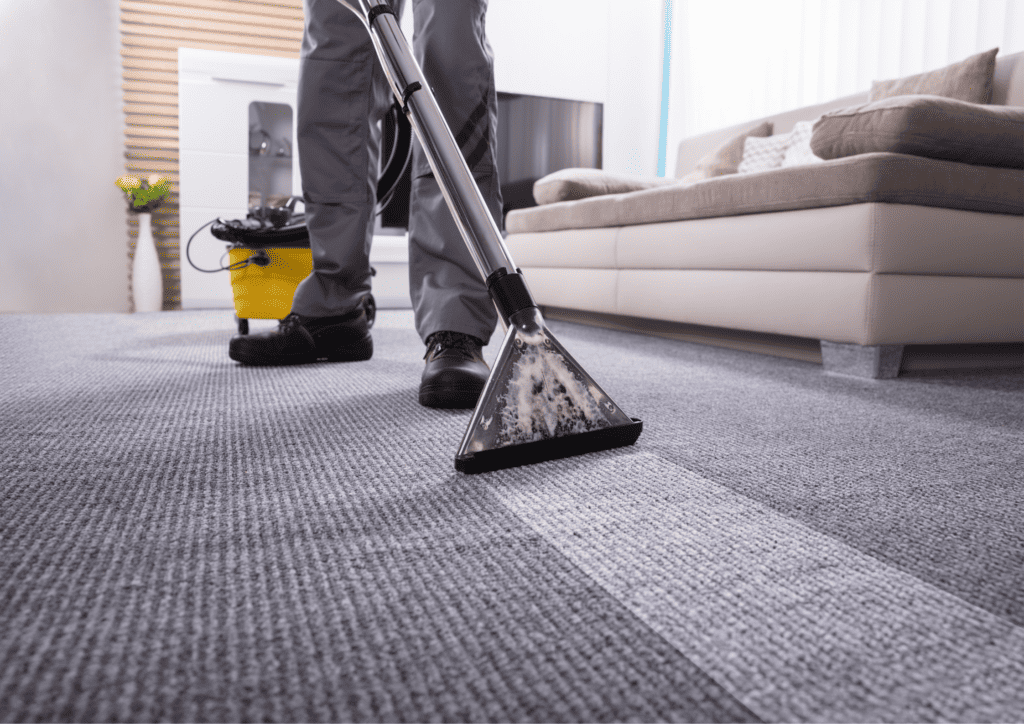
Vacuuming your home is a crucial first step in getting rid of fleas fast. It helps remove adult fleas, eggs, larvae, and pupae from carpets, furniture, and other surfaces. For best results, vacuum your entire house, including:
- Carpets and rugs
- Upholstered furniture
- Pet bedding
- Baseboards and crevices
To effectively combat fleas, vacuum daily for at least two weeks. This ensures you’re catching newly hatched fleas and breaking their lifecycle. Remember to change or clean the vacuum bag or filter after every use to prevent reinfestation.
2. Treat Your Pets Pets
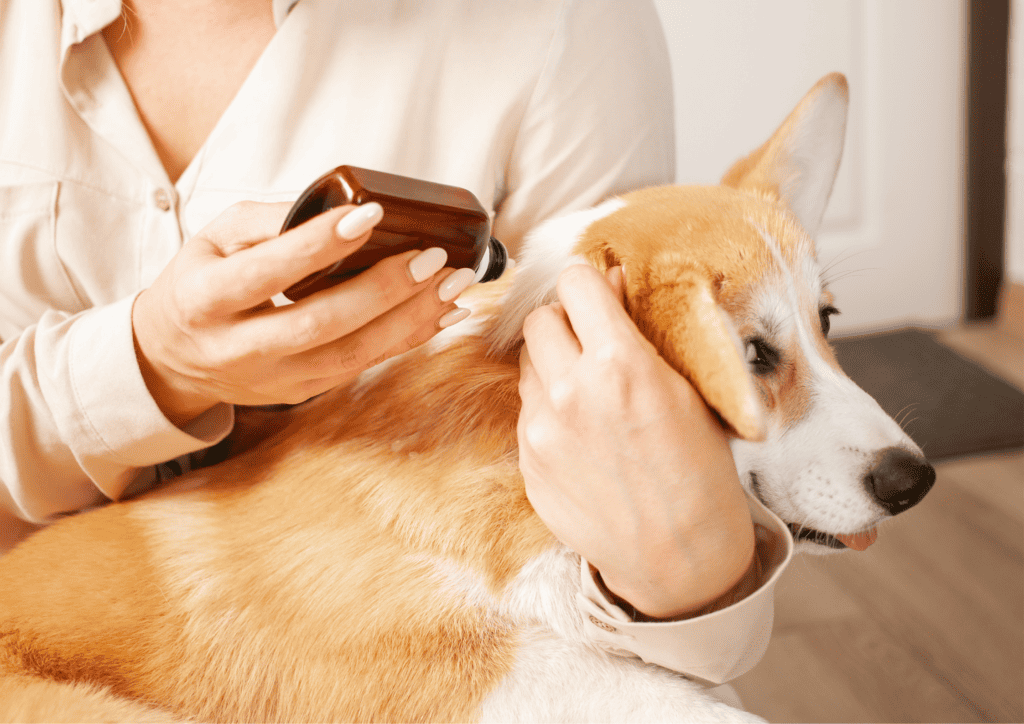
The fastest way to treat pets with fleas is often through the use of veterinarian-approved flea treatments, as pets are commonly the source of a flea infestation. Use a veterinarian-approved flea treatment, such as:
- Topical medication (applied directly to your pet’s skin)
- Oral medication (given by mouth)
- Flea collars
- Flea shampoos
Consult with your veterinarian to determine the best treatment for your pet. It’s important to maintain regular flea treatments to keep your pets and home flea-free.
Washing all fabric materials in your home helps get rid of fleas and their eggs. This includes:
- Bedding
- Curtains
- Towels
- Throw blankets
- Pet beds
Use hot water and detergent to kill fleas and eggs. For non-washable items, place them in a sealed plastic bag and freeze for at least 24 hours to kill any remaining fleas.
3. Use Chemical Treatments
Chemical treatments can be used to kill fleas instantly. There are several options available, including:
- Insect growth regulators (IGRs): Prevent flea eggs and larvae from developing into adults
- Adulticides: Kill adult fleas on contact
- Aerosol foggers: Treat large areas and hard-to-reach spaces
Always read and follow the label instructions when applying chemical treatments. It’s also a good idea to consult with a pest control professional for guidance and proper application.
How Can You Ensure Fleas Stay Out of Your House?
You can ensure fleas stay out of your house by implementing regular pet treatments, maintaining cleanliness in your home, and conducting regular inspections for signs of fleas.
Regular Pet Treatments

To keep fleas from returning, maintain regular flea treatments for your pets as recommended by your veterinarian. This helps prevent new infestations and keeps your pets healthy and comfortable.
Maintaining Cleanliness in the House

A clean home is less attractive to fleas. Regularly vacuum, wash fabric materials, and clean pet bedding to reduce the chances of a flea infestation. Also, consider using natural flea repellents like cedar chips or eucalyptus leaves in your home and yard.
Regular Inspections for Flea Signs
Stay vigilant and inspect your home and pets for signs of fleas regularly. Look for flea dirt (feces) on your pets or in their bedding, and keep an eye out for adult fleas or flea eggs around your home. By catching an infestation early, you can take action before it becomes a major problem.
How to Get Rid of Fleas in Your Bed?
If you’ve discovered fleas in your bed, you’ll want to act quickly to eliminate them. Follow these steps to get rid of fleas in your bed effectively:
- Wash All Bedding: Remove all bedding, including sheets, pillowcases, and blankets. Wash them in hot water, and dry them on high heat to kill any fleas and their eggs.
- Vacuum Your Mattress: Using a vacuum cleaner with a hose attachment, thoroughly vacuum your mattress to remove any remaining fleas, eggs, or larvae. Be sure to dispose of the vacuum bag or empty the canister outside to prevent reinfestation.
- Use Flea Spray: Apply an insecticide specifically designed for killing fleas to your mattress, following the manufacturer’s instructions. Allow the spray to dry completely before remaking your bed.
- Regularly Inspect and Clean: Continue to monitor your bed for fleas and wash your bedding regularly. This will help prevent future infestations.
How to Get Rid of Fleas from Furniture?
Fleas can also hide in your furniture. Here’s how to remove them:
- Vacuum: Just like with your mattress, vacuum your furniture thoroughly, paying special attention to seams, crevices, and cushions. Dispose of the vacuum bag or empty the canister outside.
- Steam Clean: If possible, use a steam cleaner on your furniture to kill fleas, eggs, and larvae. The high heat will help eliminate the pests.
- Use Flea Spray: Apply a flea spray designed for use on furniture, following the manufacturer’s instructions. Be sure to test a small, inconspicuous area first to ensure the spray won’t damage the fabric.
- Regularly Inspect and Clean: Keep an eye on your furniture for signs of fleas and clean it regularly to prevent future infestations.
How to Get Rid of Fleas in Carpets and Rugs?
Fleas can also live in carpets and rugs. Here’s how to treat these areas:
- Vacuum: Thoroughly vacuum your carpets and rugs, including under furniture and along baseboards. Dispose of the vacuum bag or empty the canister outside.
- Apply Flea Powder or Spray: Use a flea powder or spray specifically designed for use on carpets and rugs. Follow the manufacturer’s instructions for application and allow the product to work for the recommended time.
- Steam Clean: If possible, steam clean your carpets and rugs to kill any remaining fleas, eggs, and larvae.
- Regularly Inspect and Clean: Continue to vacuum and clean your carpets and rugs regularly to prevent future infestations.
How to Deal with Persistent Flea Infestations?
Dealing with persistent flea infestations may necessitate professional intervention, especially if previous methods have failed to eliminate the issue entirely.
When to Call Professional Pest Control?
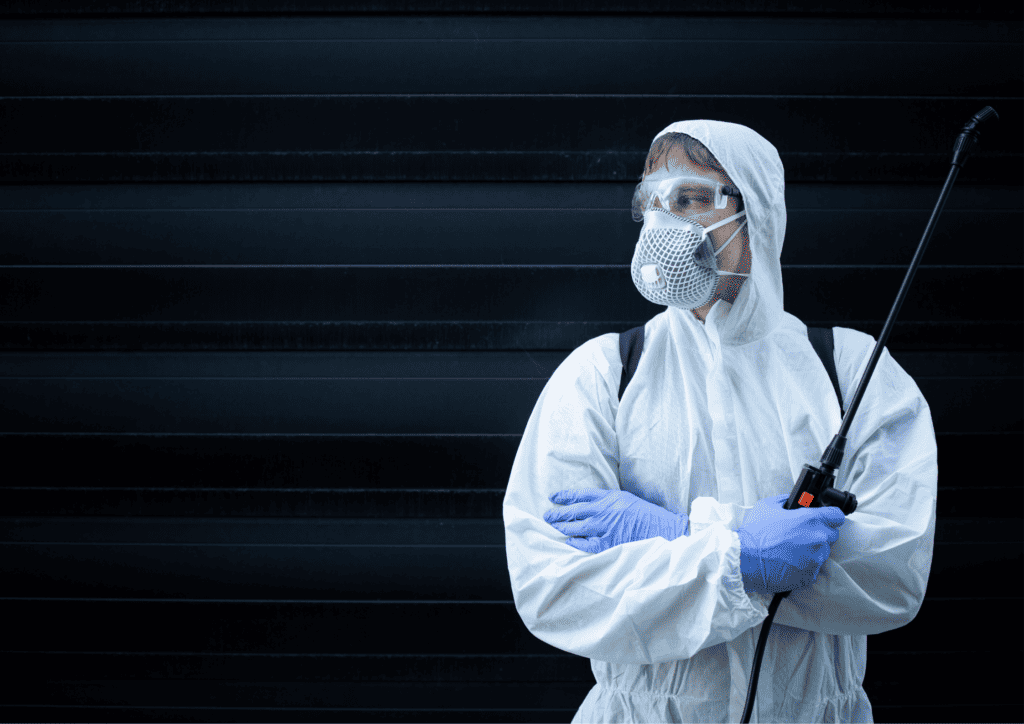
If you’ve tried the above methods and still can’t seem to get rid of fleas in your home, it’s time to call in the professionals. Pest control companies have the expertise and tools necessary to effectively eliminate fleas and prevent their return.
What to Do if You Can’t Get Rid of Fleas?
If you’re still struggling with fleas after trying DIY methods and calling professionals, consider the following steps:
- Identify the Source: Determine where the fleas are coming from. This could be a pet, a neighbor’s pet, or even wildlife in your yard.
- Treat Your Pets: If your pets are the source, consult with your veterinarian about flea treatments to prevent reinfestation.
- Eliminate Outdoor Flea Habitats: Keep your yard clean and well-maintained, and consider using outdoor flea treatments to prevent fleas from entering your home.
What are Natural Ways to Get Rid of Fleas?
Exploring natural remedies for flea control is a safe and eco-friendly approach to keeping these pests at bay. Below, we’ve outlined several natural methods to help you manage flea infestations.
| Natural Method | Description | Application | Safety Note |
|---|---|---|---|
| Essential Oils (e.g., Lemongrass, Lavender, Cedarwood, Peppermint) | Known for flea-repelling properties. | Dilute in water and spray onto pet’s fur or around the house. | Consult with a veterinarian before use as some oils can be toxic to animals. |
| Vinegar-Based Flea Spray | A homemade flea repellent. | Mix equal parts water and white vinegar and spray onto pet’s fur and around the home. | Avoid pets’ eyes and nose. |
| Flea Combs | Mechanical removal of fleas and their eggs. | Regularly comb your pet’s fur to remove fleas and eggs. | Safe for most pets; use gently to avoid discomfort. |
| Diatomaceous Earth | A natural powder that dehydrates and kills fleas. | Sprinkle on your pet’s fur and around your home. | Ensure it’s food-grade and use sparingly to avoid inhalation. |
| Neem Oil | A natural oil with repellent properties. | Dilute with water and apply to your pet’s fur. | Consult with a veterinarian to ensure it’s safe for your pet. |
Natural methods of flea control include the use of essential oils, homemade treatments, and certain pet-safe products. Essential oils like lemongrass, lavender, cedarwood, and peppermint are known for their flea-repelling properties. Diluted in water and sprayed onto your pet’s fur or around the house, they can deter fleas effectively. However, it’s crucial to consult with a veterinarian before using essential oils, as certain oils can be toxic to some animals.
Homemade flea sprays and treatments provide another natural means of flea control. A commonly used one is a vinegar-based flea spray, made from equal parts water and white vinegar. This solution can be sprayed onto your pet’s fur, avoiding their eyes and nose, and around your home, especially in areas where fleas might hide.
Other natural flea repellents include flea combs, diatomaceous earth, and neem oil. Regularly combing your pet with a flea comb can help remove fleas and their eggs. Diatomaceous earth, a natural powder, can be sprinkled on your pet’s fur and around your home to kill fleas by dehydrating them. Neem oil, when diluted with water, can be applied to your pet’s fur as a natural repellent. As with any new treatments, consult with your veterinarian before use to ensure safety and effectiveness.
Each of these methods offers a non-chemical alternative to traditional flea control, providing a safer environment for both your pets and your family. Remember, the effectiveness of natural remedies can vary, and persistent infestations may require professional advice or treatment.

